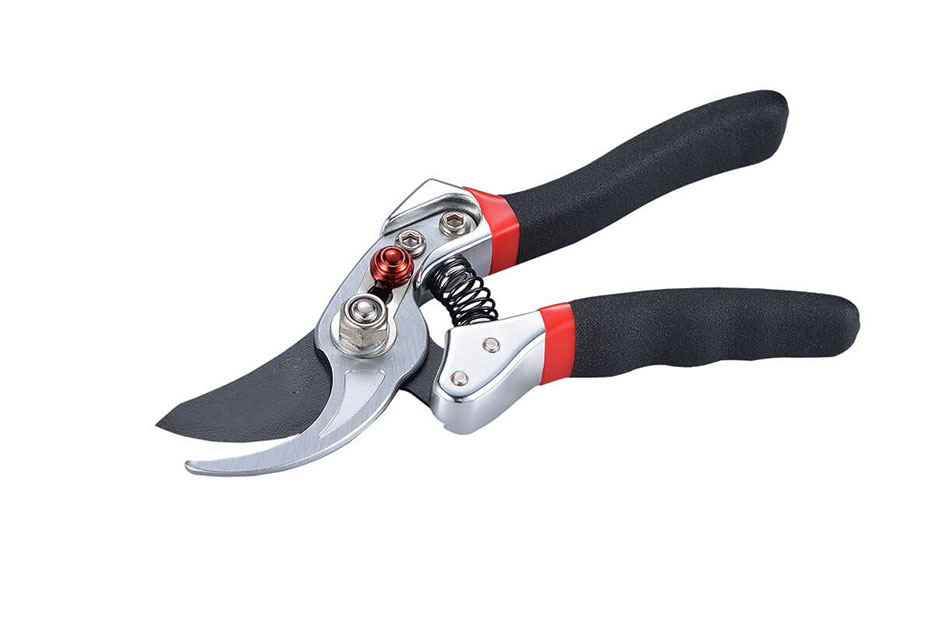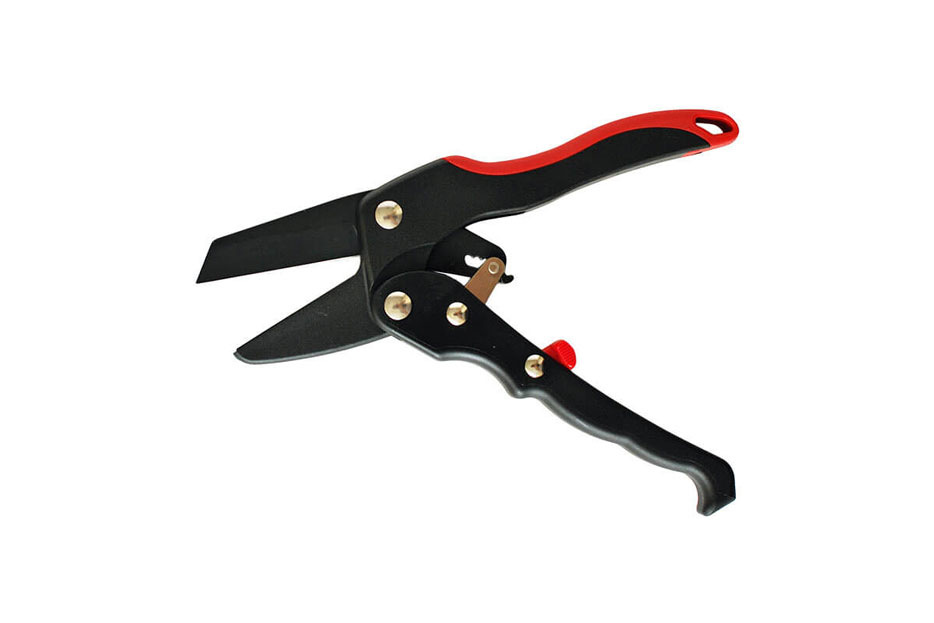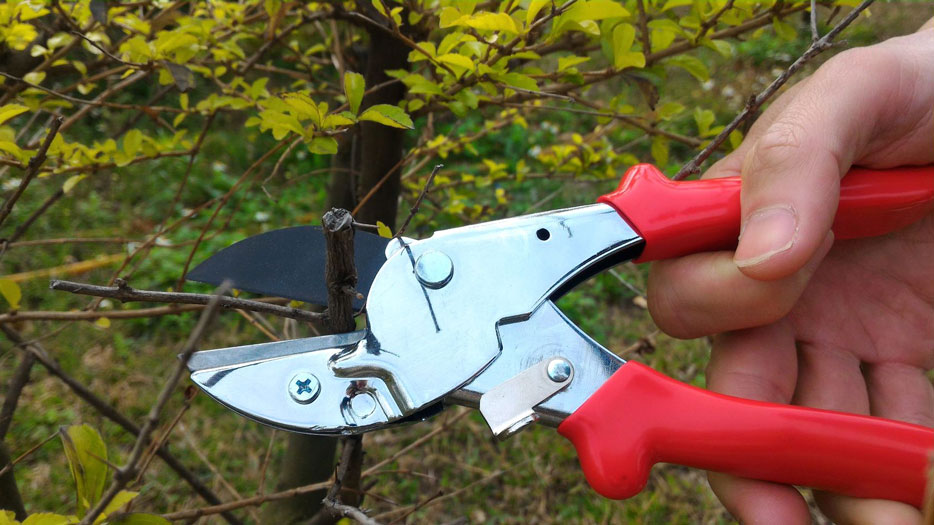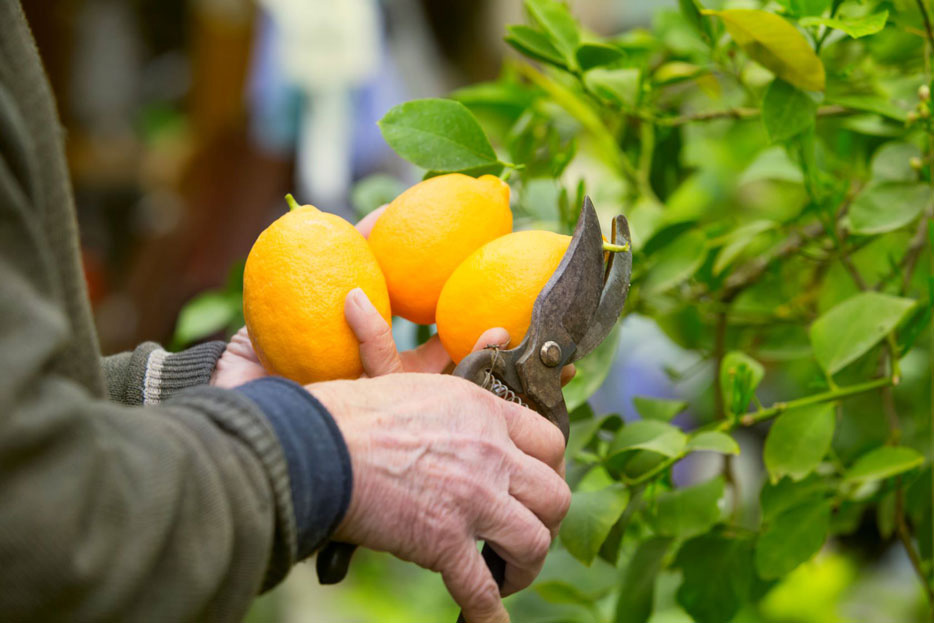
What Types of Plants and Branches Can These Pruners Handle?
Hand pruners, also known as pruning shears or secateurs, are essential tools for professionals in landscaping, horticulture, and agriculture. Their precision, ease of use, and durability make them indispensable for maintaining plant health and promoting growth. Choosing the right pruner depends on the types of plants and branches you're dealing with. Whether trimming delicate flowers, shaping shrubs, or cutting through thick branches, the right pruner ensures a clean, healthy cut.
This comprehensive guide explores the versatility of hand pruners and offers insights into their best uses for various plant types and branch sizes. Understanding the types of plants and branches that hand pruners can effectively manage will help you select the right tool for your specific needs, ensuring optimal plant care and maintenance.
A. Understanding Hand Pruners
Before delving into the types of plants and branches pruners can handle, it's essential to understand the different types of hand pruners available:
- Bypass Pruners : These are the most common type of pruners, featuring two curved blades that pass by each other like scissors. They are ideal for making clean cuts on live, green plants and branches.
- Anvil Pruners : These pruners have a single straight blade that closes onto a flat surface, or “anvil.” They are best suited for cutting dead or dry branches as they can crush softer, live plant material.
- Ratchet Pruners : A variation of anvil pruners, ratchet pruners have a mechanism that allows them to cut through thicker branches with less effort, using a step-by-step process.
B. Types of Plants
- Flowers and Herbaceous Plants
Hand pruners are perfect for deadheading flowers and cutting back herbaceous plants. Deadheading, or removing spent blooms, encourages plants to produce more flowers. Pruners can also trim away dead or diseased foliage, helping to maintain the plant's overall health.Examples :
- Roses : Regular pruning promotes new blooms and maintains plant shape.
- Perennials : Cutting back after flowering ensures tidiness and vigor for the next season.
- Annuals : Removing spent flowers prolongs the blooming period.

- Shrubs and Bushes
Shrubs and bushes often require regular pruning to maintain their shape, promote growth, and remove dead or diseased wood. Bypass pruners are particularly effective for making clean cuts on these types of plants, minimizing damage and encouraging healthy growth.Examples :
- Boxwood : Regular shaping keeps them neat and compact.
- Hydrangeas : Pruning old wood encourages new growth and blooms.
- Lilacs : Removing spent flowers and thinning promotes better air circulation and flowering.
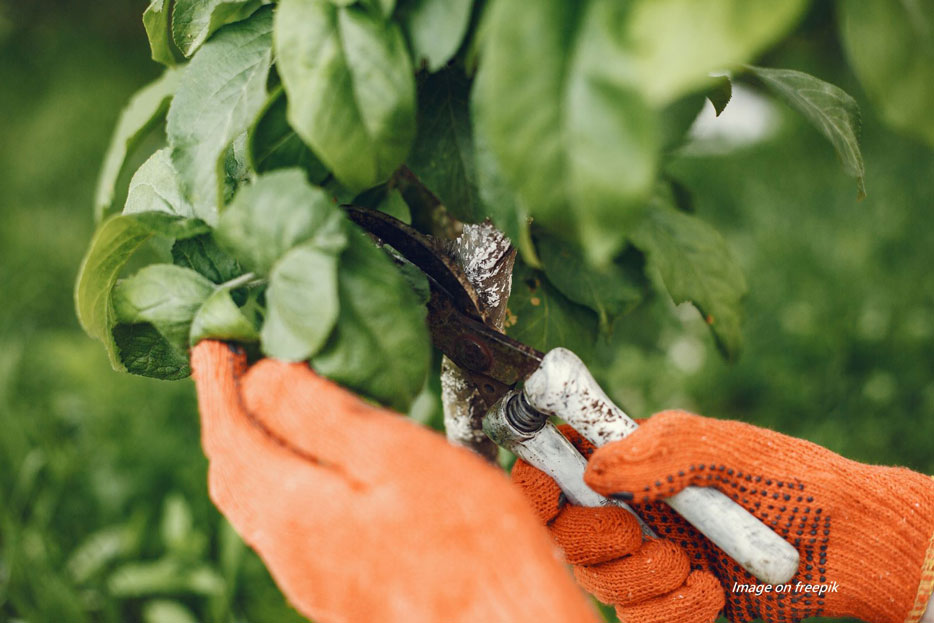
- Vines and Climbers
Vines and climbers can grow vigorously and may need frequent pruning to control their growth and prevent them from becoming unmanageable. Hand pruners can trim back new growth and remove any dead or damaged stems.Examples :
- Clematis : Pruning depends on the variety but generally helps to promote flowering.
- Wisteria : Regular pruning controls size and encourages more blooms.
- Ivy : Cutting back prevents it from becoming invasive and promotes dense growth.
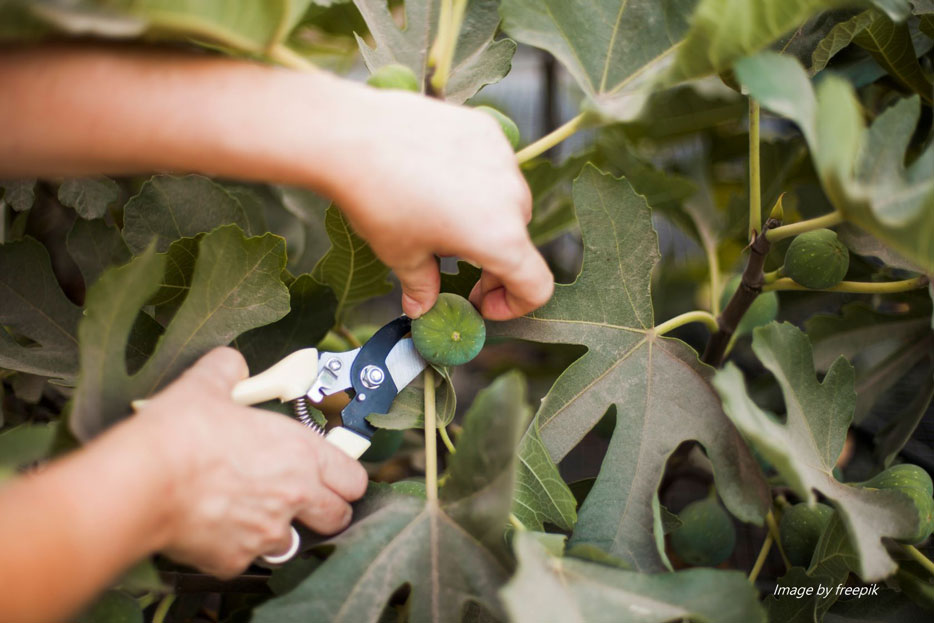
- Fruit Plants
Fruit-bearing plants often require precise pruning to maximize fruit production and maintain plant health. Hand pruners can be used to thin out excess growth, remove suckers, and shape the plant.Examples :
- Grape Vines : Pruning regulates fruit production and improves air circulation.
- Raspberry Canes : Removing old canes encourages new growth and fruiting.
- Apple Trees : Thinning branches improves sunlight penetration and fruit quality.
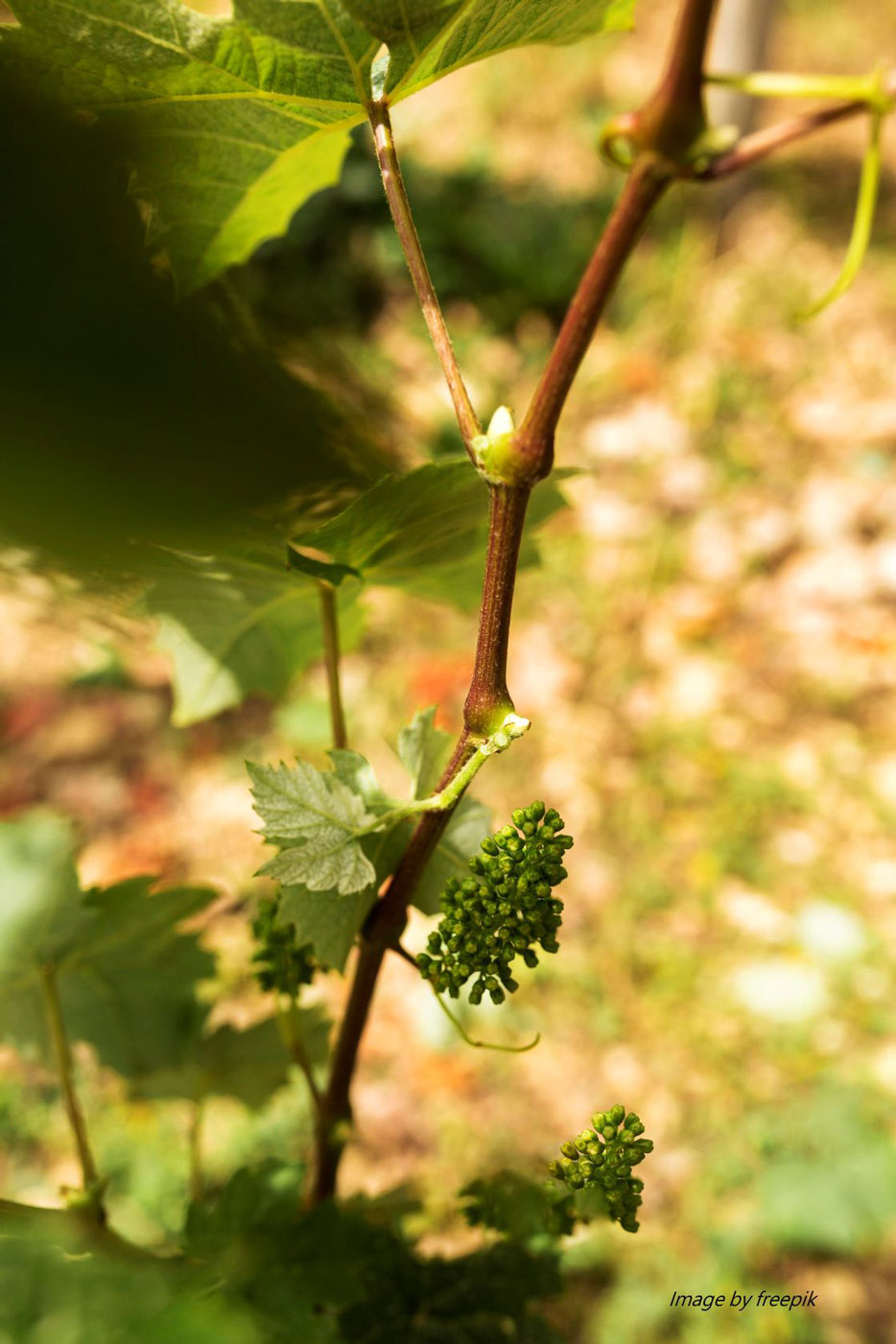
C. Types of Branches
- Thin, Green Branches
Hand pruners excel at cutting thin, green branches typically found on young plants or new growth. Bypass pruners are particularly well-suited for this task, as they make clean cuts without crushing the plant tissue.Examples :
- Young tree saplings : Pruning helps in shaping and removing any unwanted growth.
- Herbaceous perennials : Cutting back after flowering promotes new growth.
- Thicker, Woody Branches
For thicker, woody branches, particularly those up to ¾ inch in diameter, hand pruners can be effective, especially ratchet pruners or robust bypass pruners. These tools provide the necessary leverage and cutting power to manage tougher materials.Examples :
- Shrubs : Removing old, woody stems to encourage new growth.
- Small trees : Thinning out dense areas to improve airflow and light penetration.
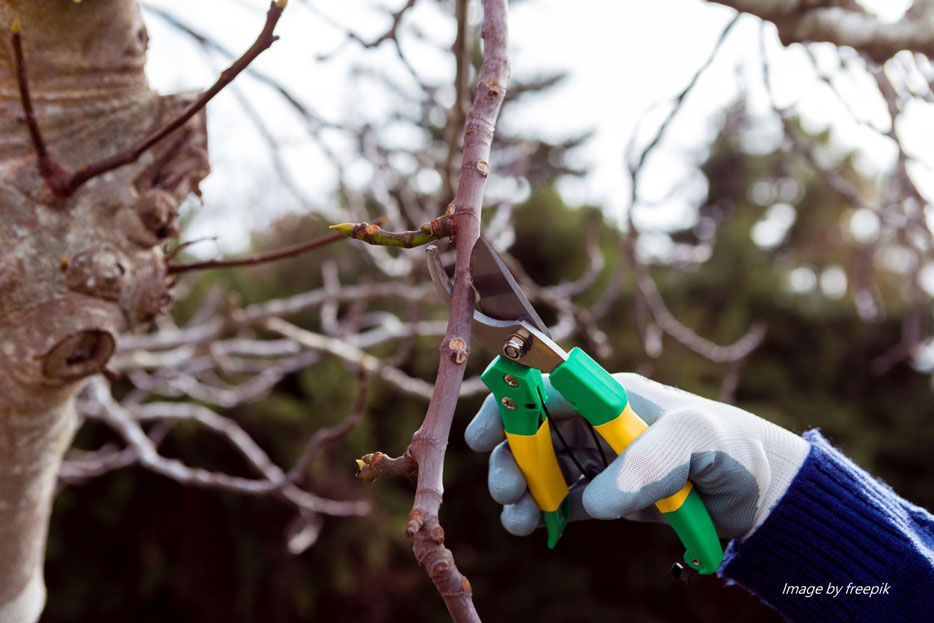
- Dead or Diseased Branches
Anvil pruners are particularly useful for cutting dead or diseased branches. The straight blade can slice through the tougher, dry wood, and the flat surface provides support to prevent crushing.Examples :
- Removing dead wood from trees and shrubs to prevent disease spread.
- Cutting out diseased branches to protect the rest of the plant.
D. Best Practices for Using Hand Pruners
To get the most out of your hand pruners and ensure they remain in good working condition, follow these best practices:
- Keep Blades Sharp : Sharp blades make cleaner cuts, which heal faster and are less likely to become infected. Regularly sharpen your pruners using a sharpening tool designed for the purpose.
- Clean Blades After Use : Cleaning the blades after each use helps prevent the spread of disease between plants. Wipe the blades with a cloth dipped in rubbing alcohol or a solution of bleach and water.
- Lubricate Moving Parts : Lubricating the pivot points of your pruners will keep them operating smoothly. Use a light machine oil for this purpose.
- Inspect for Damage : Regularly inspect your pruners for any signs of damage, such as cracks in the handles or nicks in the blades. Addressing these issues promptly will extend the life of your tool.
- Use the Right Tool for the Job : Choosing the correct type of pruner for the specific task at hand will make your work easier and more efficient. For example, use bypass pruners for live plants and anvil pruners for dead wood.
Hand pruners are versatile and essential tools for anyone involved in plant care, from professional landscapers to home gardeners. Understanding the types of plants and branches that these tools can handle will help you choose the right pruners for your needs and ensure your plants receive the best possible care. By following best practices for maintenance and usage, you can maximize the effectiveness and longevity of your hand pruners, keeping your garden healthy and thriving. Whether you’re deadheading delicate flowers or cutting through thick, woody branches, the right pair of pruners can make all the difference.
References
- University of Florida, Institute of Food and Agricultural Sciences (UF/IFAS):Pruning Landscape Trees and Shrubs https://hort.ifas.ufl.edu/woody/documents/PruningLandscapeTreesShrubs.pdf
- Royal Horticultural Society (RHS):How to Prune Different Plants. https://www.rhs.org.uk/gardening
- American Horticultural Society (AHS):The AHS Pruning and Training Guide. https://ahsgardening.org/

